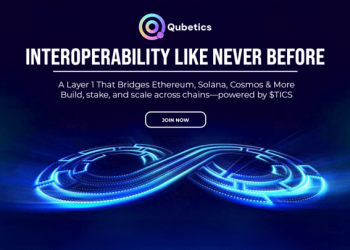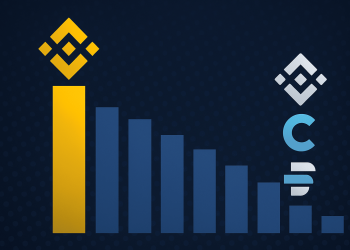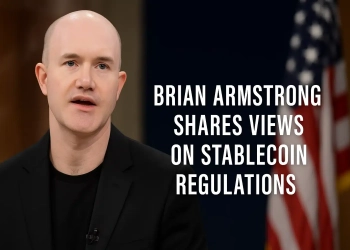Circle, the company behind the popular USDC stablecoin, has made a significant move to bridge the gap between Web2 and Web3 adoption by introducing Social Logins and Email OTP (One-Time Password) verification. The goal is to simplify user onboarding and make Web3 adoption easy for mainstream consumers.
Circle is continuously working to simplify blockchain and cryptocurrency usage, and this development is part of it. A main obstacle for new users in Web3 adoption is complicated and frequently frightening onboarding procedures. This problem is being addressed by Circle using conventional authentication mechanisms from the Web2 realm.
Circle’s New Features: Bridging Web2 and Web3
Circle developers announced the release of Social Logins and Email OTP verification features on their social media platforms. These features will help developers ensure transaction authentication and smooth user onboarding with user-controlled Programmable Wallets.
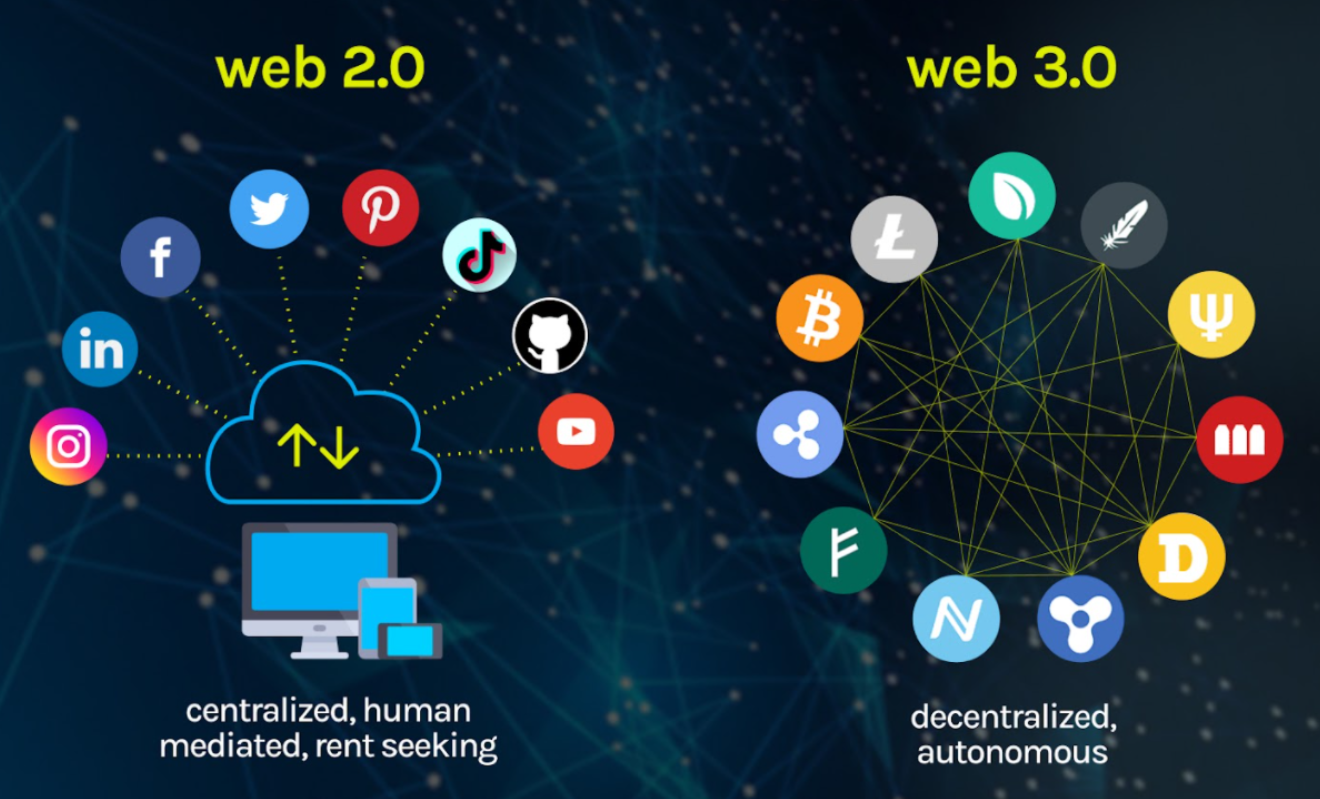
Users can easily establish and access their Web3 accounts using the Social Logins functionality. With this method, they may use their existing digital identities to create new blockchain-based accounts. The ability to do this greatly reduces the friction associated with creating new accounts. Alternatively, one can add an extra degree of protection with email OTP verification while still making authentication easy for users. This method allows users to authenticate their identification by sending an email OTP. This feature will help to establish confidence in Web3 adoption and the safety of Web3 apps.
Jeremy Allaire, CEO of Circle, praised the latest release as a step forward in creating secure and user-friendly Web3 wallets. “Another milestone in building safe and easy to adopt Web3 wallets. @circle‘s Programmable Wallets (dev platform for building smart wallets) now supports on-boarding and auth using Social Logins and Email OTP. A big step in making Web3 accessible to Web2 users,” he said.
Expanding Web3 Services and Partnerships
Circle is aiming to improve its Web3 products in general, and these new features are one part of that approach. About a month ago, Circle extended its Web3 services on the Solana blockchain to help developers achieve new goals. This move improves Programmable Wallets and Gas Solution. According to Circle, the Web3 service now lets unskilled developers design multi-chain wallets.
To further enhance the USDC and EURC stablecoins, Circle has integrated Chainlink into its infrastructure. Circle financial and Chainlink’s decentralised services will provide developers everything they need to build strong financial apps. For developers looking to integrate stablecoins into their apps, Circle offers Programmable Wallets. There are also Chainlink services like Data Feeds and Proof of Reserve.
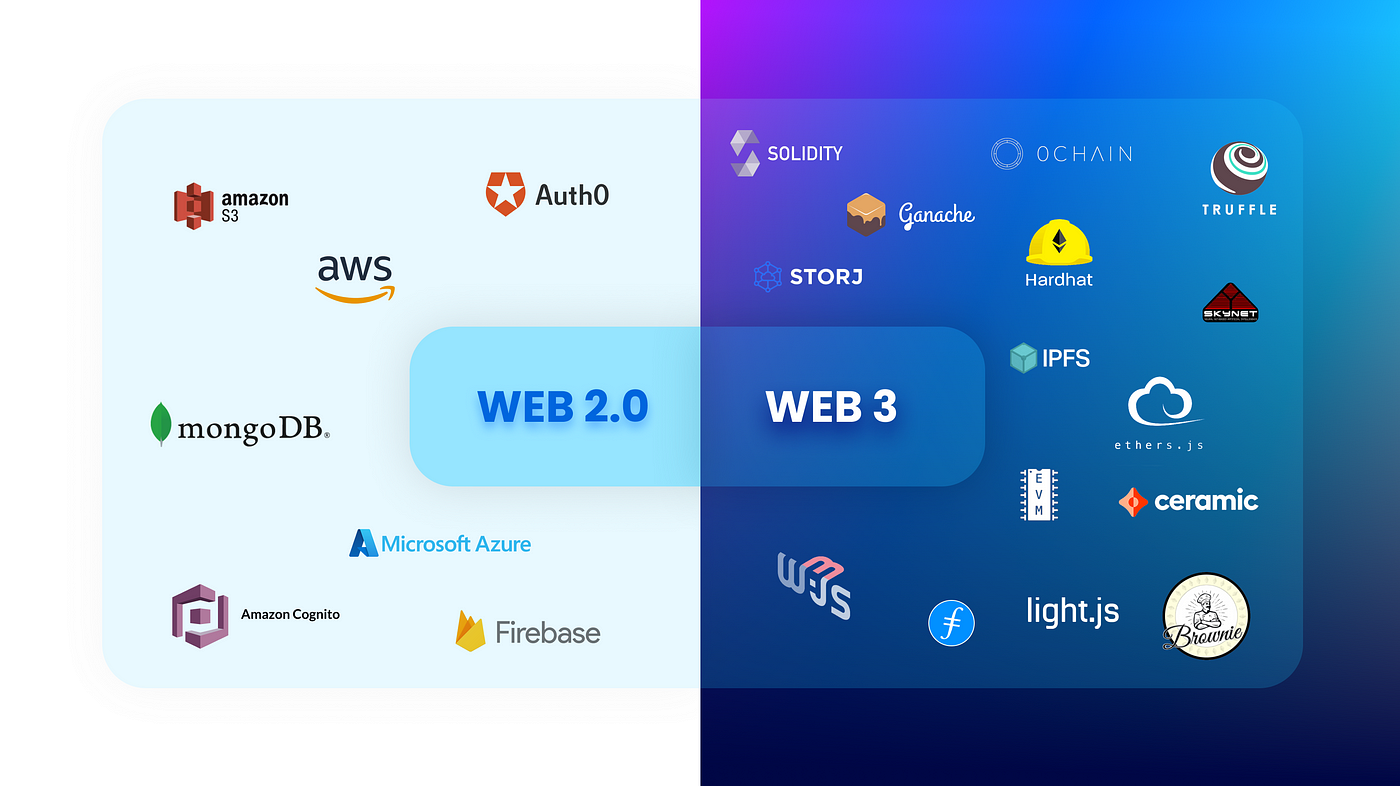
Web3 adoption could be greatly affected by the addition of these user-friendly features. Circle is introducing more people to blockchain-based applications, DeFi, and NFTs by reducing the technical hurdles to access. This follows the industry trend of simplifying and making blockchain technology more accessible. A spike in the mainstream Web3 adoption could occur if more organisations follow suit. It may result in inventive new use cases and applications,
Regulatory Landscape and Competition
Circle is gaining users at a faster rate than its competitor Tether, which is struggling due to regulatory hurdles. The US District Court for the Southern District of New York has received an amended class action case. Bitcoin exchange Bitfinex and Tether are defendants. Market manipulation and antitrust law violations are the main accusations in the lawsuit.
Benjamin, Jason, Aaron, and Pinchas Leibowitz are among the plaintiffs in the case. They accused Tether and its associated crypto company of carrying out a “sophisticated scheme to fraudulently inflate the price of crypto commodities, a class of crypto-assets that includes bitcoin.”
Tether appointed Philip Gradwell as Head of Economics in reaction to these regulatory demands. It is believed that this step will improve Tether’s position with both regulators and users. It would do this by strengthening Tether’s regulatory strategy and increasing transparency in its operations.
Conclusion: A New Era of Web3 Adoption Accessibility
The most recent changes to Circle are a giant leap forward in the effort to normalise Web3 technologies. Circle is facilitating the widespread use of blockchain-based applications. It is enhancing its service offerings and integrating conventional authentication methods.
As the industry develops further, more inventions that strive to connect regular web users to the decentralised web will likely appear. If successful, Circle’s initiatives in this area could hasten the shift to a decentralised digital economy. It would become the gold standard for Web3 adoption and user onboarding. These projects’ success depends on how well they interact and solve security, scalability, and regulatory compliance issues. Turkishnyradio continues to provide insights on these crypto developments, helping investors stay informed.





























































































![BitTorrent [New]](https://s2.coinmarketcap.com/static/img/coins/64x64/16086.png)











